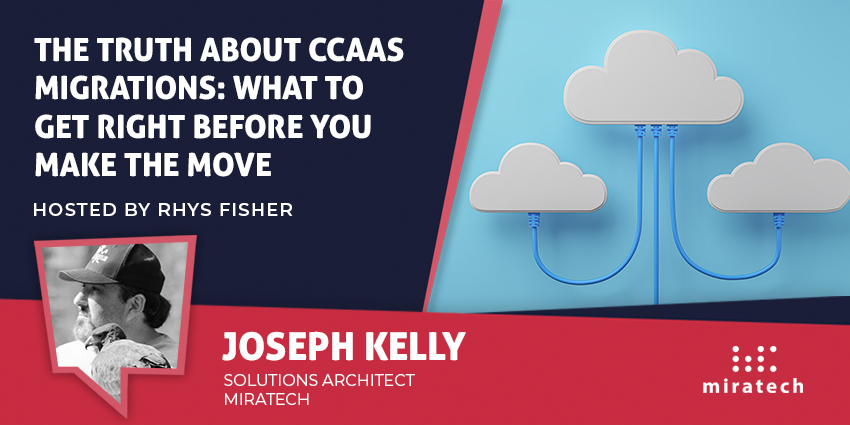Average hold time, also known as average wait time, is among the must measure KPI in any inbound contact centre. Not only should it feature in your historical trend reports, but it is also useful to monitor average hold time in as close to real-time as possible. If your hold time rises above a pre-set threshold, you might need to mobilise idle resources or reroute to IVR.
But how do you calculate average hold time in the first place? To answer this question, let’s first consider the definition of this KPI and the variables influencing it.
Average Hold Time Definition and Formula
You can define hold time as the interval between the moment a customer call connects to your system, and when a live agent picks up – including the ringing period, time spent waiting on queue, IVR interactions, and the time needed for call routing. Average hold time is typically calculated for a specific period, indicating how well the contact centre has performed during that time span.
You can calculate your average hold time using the following formula:
(Total handle time for the period – total call duration – total wrap-up time spent on post-call activities) ÷ the number of incoming interactions
In 2019, research found that the average American spends a staggering 13 hours every year on hold, waiting for a support agent to attend to their queries. The trend took a turn for the worse in 2020, as the COVID-19 pandemic lewd to a traffic spike, even as contact centre workforces shrunk well below the industry average.
Therefore, your average hold time will depend on these key variables:
- The number of agents you employ at the contact centre
- The number of customers calling you every day
- The efficiency with which you handle, route, and resolve queries
Since the first two variables are difficult to manipulate, contact centre leaders typically focus on improving their capabilities in the third area.
Tips to Reduce Average Hold Time Without Increasing Your Cost Per Call
- Offer a chat-based alternative– Back in 2016, Forrester reported that customers don’t really want to call up their providers for support. Bot or live chat support can reduce call volumes, thereby lowering your average hold time
- Use predictive call routing– Predictive technology matches customers to agents based on past behaviour, purchase records, skills, personality, etc. This means agents are better suited and equipped to solve the query, moving on quickly to the next customer
- Simplify your IVR–A complex IVR menu can make callers jump through several hoops before they can connect with a live agent. Not only does this unnecessarily stretch hold times, but it also reduces the quality of the customer experience
- Enable contextual insights during calls– 45% of an average call duration is spent on looking up customer information. Contextual insights will help agents quickly resolve calls, making their way through the customer queue faster.
These four tips can help bring down your average hold time significantly, making sure agents are properly utilised, and CX remains optimal.







